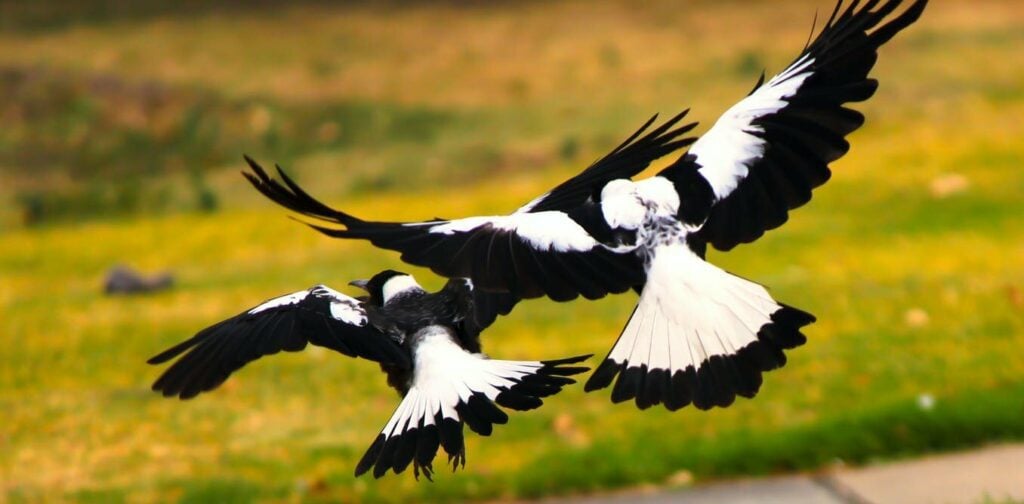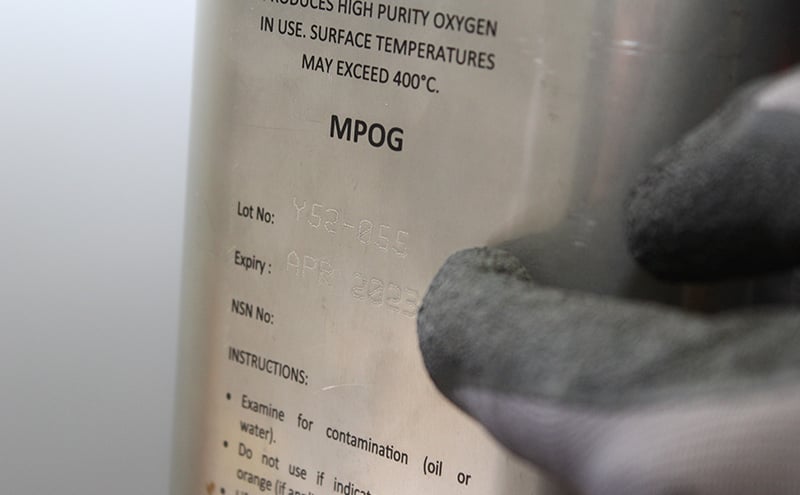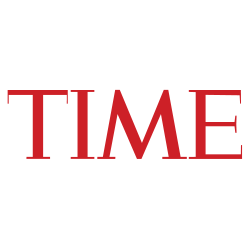Scientists in Australia were Studying Birds and Fitted Them with Tracking Harnesses. A Group of Magpies Helped Each Other Take the Harnesses Off.
Magpies belong to the Corvidae family of birds. Like other family members, they are often regarded as clever creatures. The Eurasian magpie, for example, is considered one of the most intelligent creatures on the planet. It is one of the few non-mammal species capable of recognizing itself in a mirror test. But how did a […]






